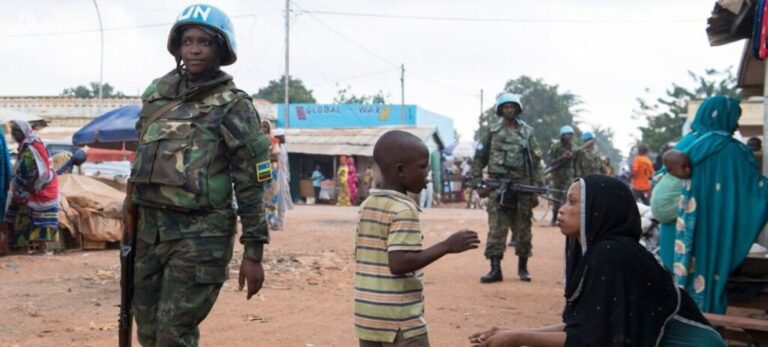The World Food Programme (WFP) has sounded the alarm, cautioning that the situation could escalate into a “large-scale human catastrophe.”
Five nations—Lesotho, Malawi, Namibia, Zambia, and Zimbabwe—have declared national emergencies as the drought has led to widespread hunger.
The WFP estimates that around 21 million children in the region are now suffering from malnutrition due to poor harvests.
The region’s small-scale, rain-fed agriculture has been devastated by the lack of rainfall, leaving tens of millions of people unable to sustain themselves or earn money to buy food.
Aid agencies raised concerns last year as El Niño-induced below-average rainfall, coupled with rising temperatures linked to climate change, began to wreak havoc.
“This is the worst food crisis we’ve seen in decades,” said WFP spokesperson Tomson Phiri.
“October marks the start of the lean season in Southern Africa, and every month will be worse than the last until the next harvests in March and April.
Crops have failed, livestock have died, and children are lucky to get one meal a day.”
A Dire Situation
In addition to the five countries that have declared emergencies, Angola and Mozambique are also severely affected, highlighting the widespread impact of the drought across Southern Africa.
“The situation is disastrous,” Phiri continued, explaining that the WFP needs approximately $369 million to provide immediate assistance, but has only received one-fifth of the required funding due to a shortage of donations.
The drought has coincided with a surge in global humanitarian needs, as aid is also urgently required in conflict zones like Gaza and Sudan.
Other humanitarian organizations have echoed the gravity of the situation. USAID reported in June that the drought was the worst in 100 years, destroying entire harvests and leaving millions of people without access to food.
Food prices have skyrocketed across drought-stricken regions, further intensifying hardships.
The drought has also affected other sectors, with Zambia suffering major power outages due to its reliance on hydroelectric power from the Kariba Dam.
Water levels in the dam have dropped so drastically that electricity production has nearly ceased.
Zimbabwe, which shares the dam, is facing similar blackouts.
In response to the crisis, Namibia and Zimbabwe have resorted to culling wildlife, including elephants, to feed their starving populations.
Scientists have long warned that sub-Saharan Africa is one of the regions most vulnerable to climate change due to its dependence on rain-fed agriculture and natural resources.
Millions of Africans rely on the climate for their livelihoods, yet the region’s poorer nations are ill-equipped to implement effective climate resilience measures.




